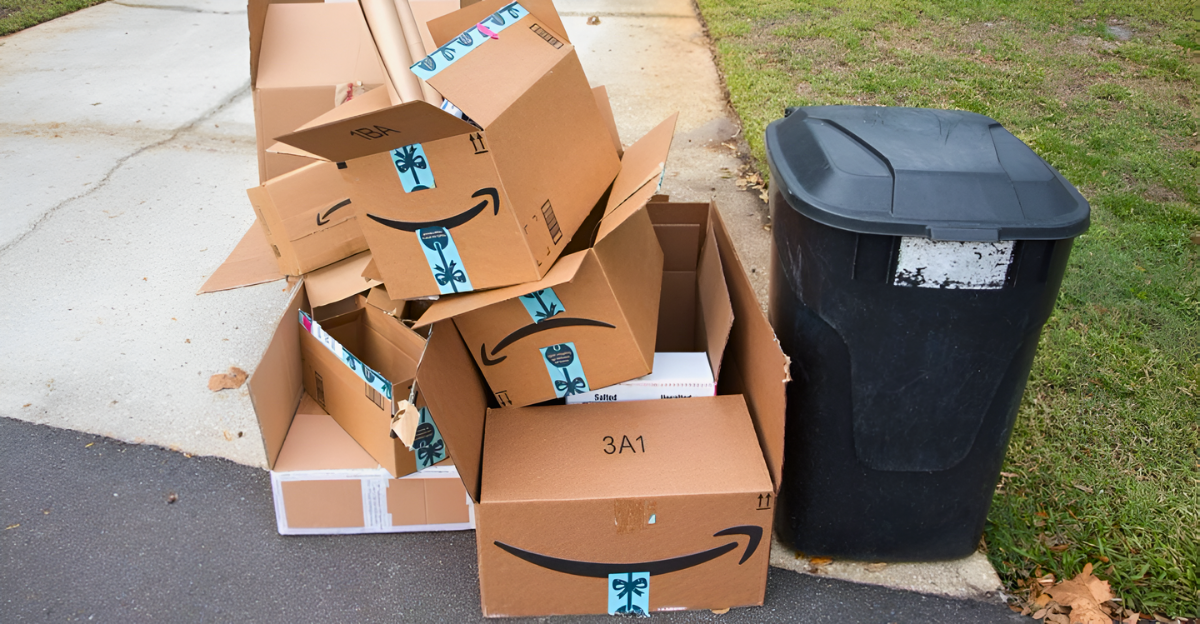
Amazon is facing a recall crisis like never before. About 5.5 million items have been yanked from its marketplace after a wave of alarming safety reports. From exploding batteries to suffocation risks, these products triggered federal intervention. But unlike past incidents, Amazon can’t sidestep the blame this time. Regulators are cracking down, and it’s forcing the retail giant into unfamiliar territory. What triggered the recalls, and what happens next?
Which Products Were the Biggest Threats?

Amazon’s recall wave wasn’t a scattered collection of minor mishaps. A handful of products made up the bulk of the danger, some with thousands of units sold and dozens of injury or fire reports. From home gym gear to baby products, here are the top offenders that triggered the biggest safety alerts.
#1: BowFlex Dumbbells Sent 100+ Users to the ER

BowFlex SelectTech 552 and 1090 adjustable dumbbells were recalled after 111 injuries, including fractures and concussions. The weight plates could detach mid-lift, putting over 3.8 million customers at serious risk. It was one of the most extensive and dangerous recalls Amazon-linked buyers had ever seen.
#2: Popular Anker Power Bank Could Explode Without Warning
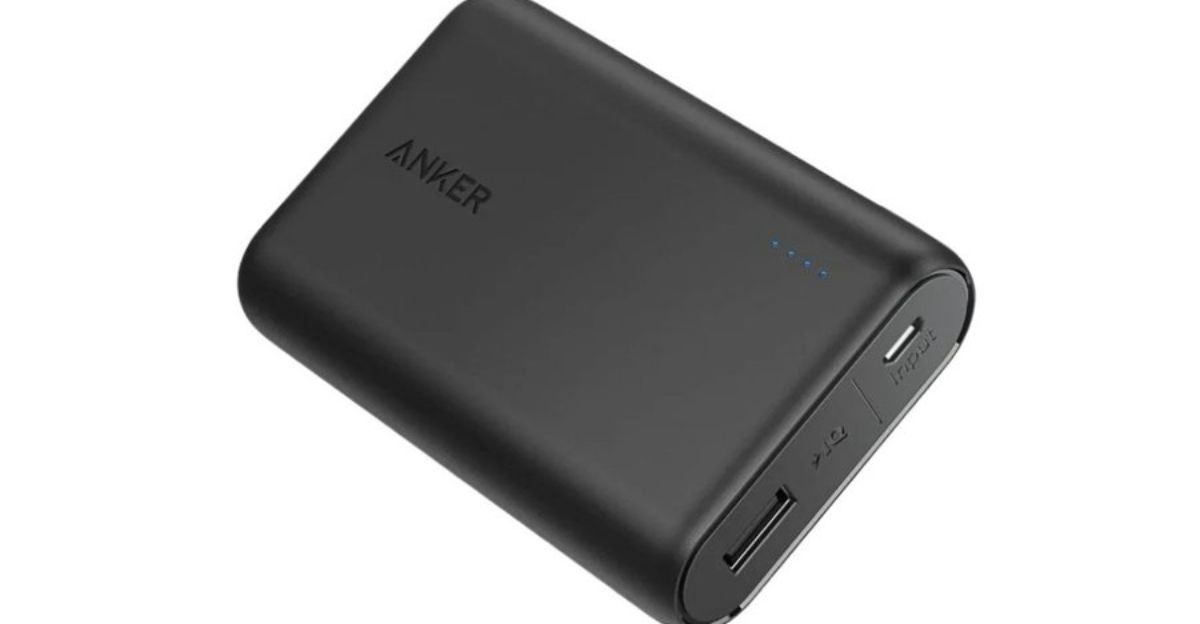
Anker’s PowerCore 10,000 (model A1263) seemed like a convenient charger until it started catching fire. Over 1.1 million units were recalled after 19 reports of explosions or burns. These weren’t obscure devices. Many were sitting in bags, cars, and nightstands across the country.
#3: AstroAI Mini Fridge Caused $360K in Fire Damage
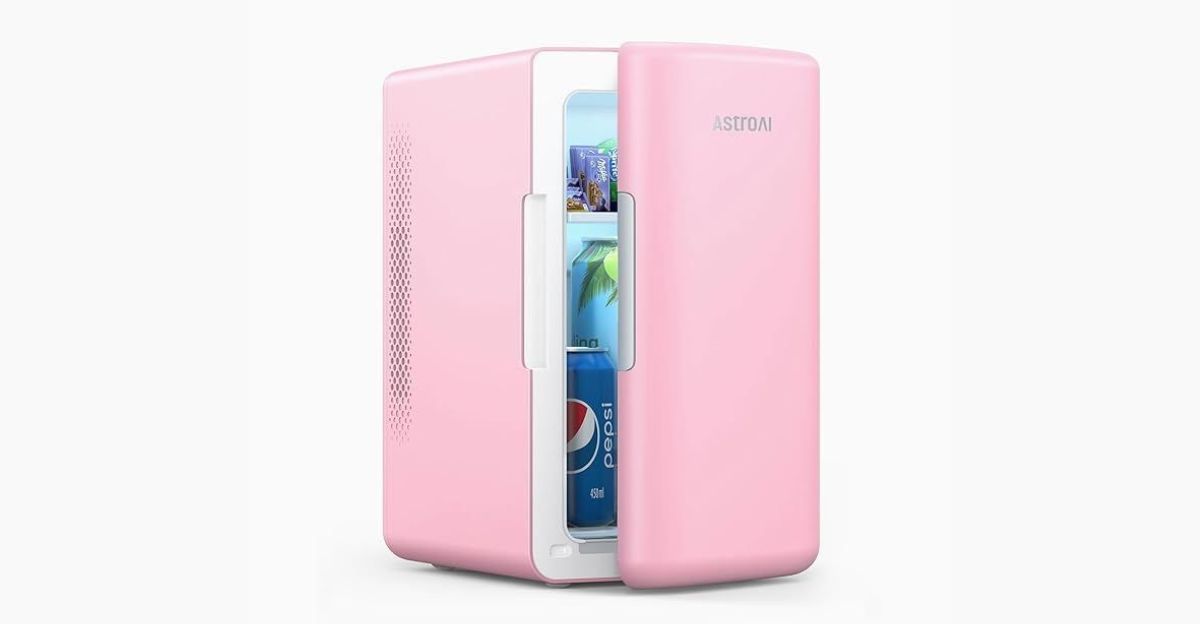
AstroAI’s four-liter mini fridges didn’t just chill drinks—they overheated and sparked fires. Seventy overheating incidents led to a recall of nearly 250,000 units. Total property damage was reported at over $360,000. These compact fridges became a major safety hazard.
#4: Crayan’s Mattress
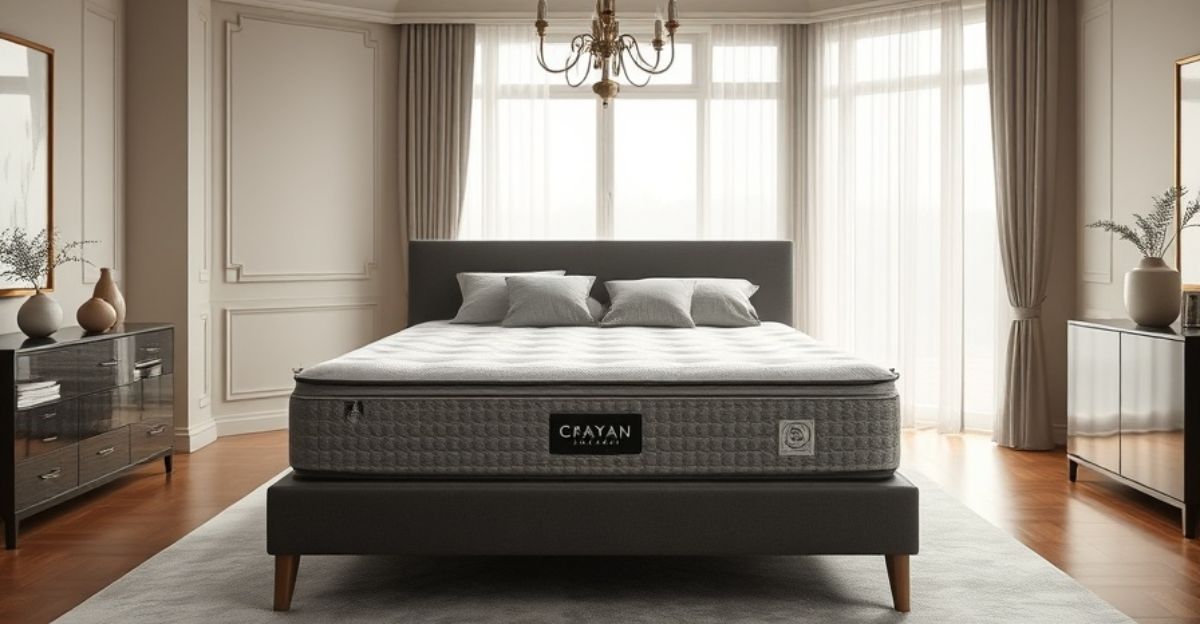
Crayan’s 10- and 12-inch mattresses were sold only on Amazon, and 100,000 of them failed federal flammability standards. The recall served as a reminder that not even large home items are guaranteed to meet basic safety laws when sold through third-party marketplaces.
#5: YaFiti 12-drawer Dresser
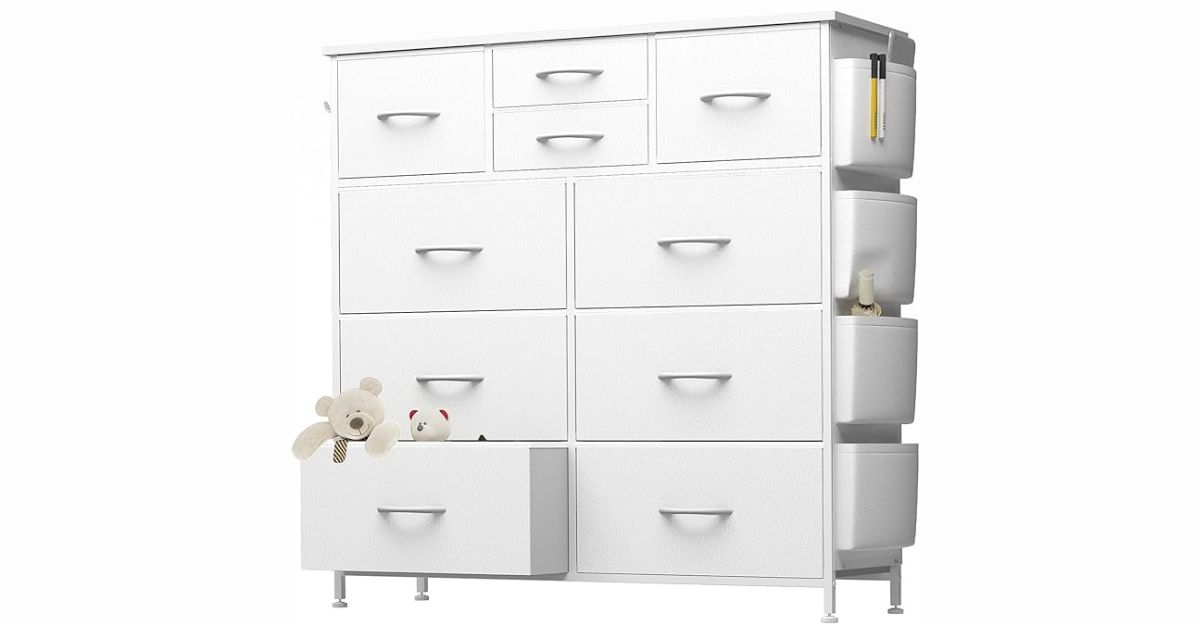
The YaFiti 12-drawer dresser may look harmless, but it failed to meet anti-tip-over rules under the STURDY Act. Only 6,000 units were sold, but the risk of collapse or injury was high enough to prompt a formal recall. Furniture safety matters, especially around kids.
#6: Baby Walkers and Loungers
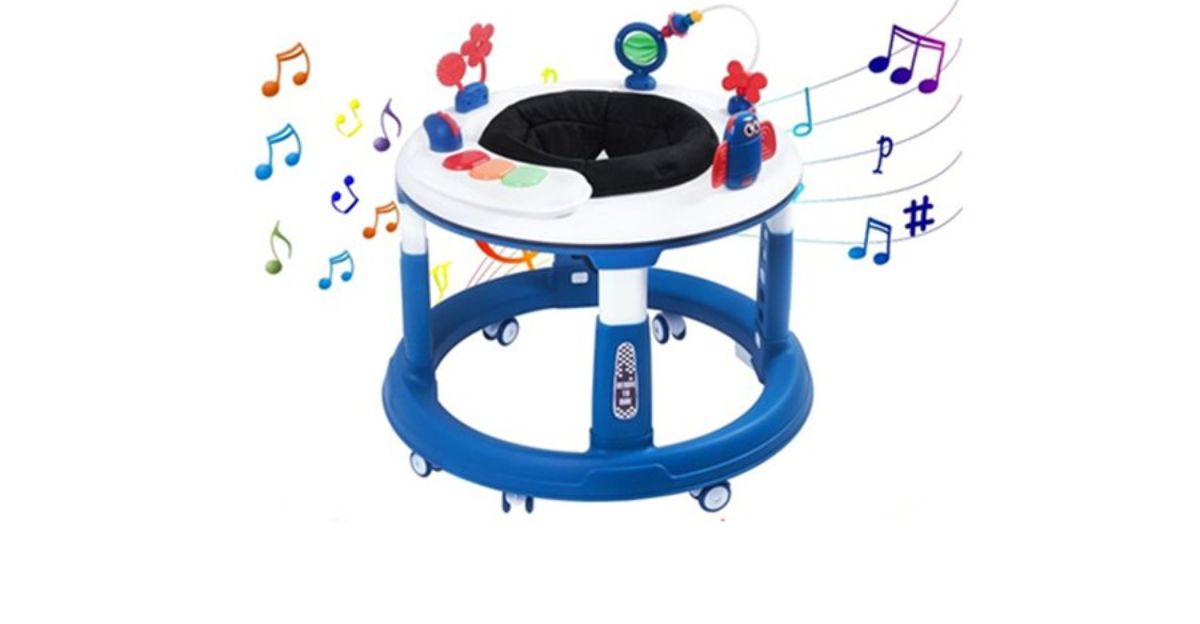
Roughly 19,000 baby walkers and loungers from Boyro, AIRLYA-Life, and TADAKAZU were recalled due to serious safety risks. The walkers failed to stop at stairs; loungers posed suffocation and entrapment hazards, endangering infants’ lives in thousands of homes.
#7: MaxKare’s Electric Blankets
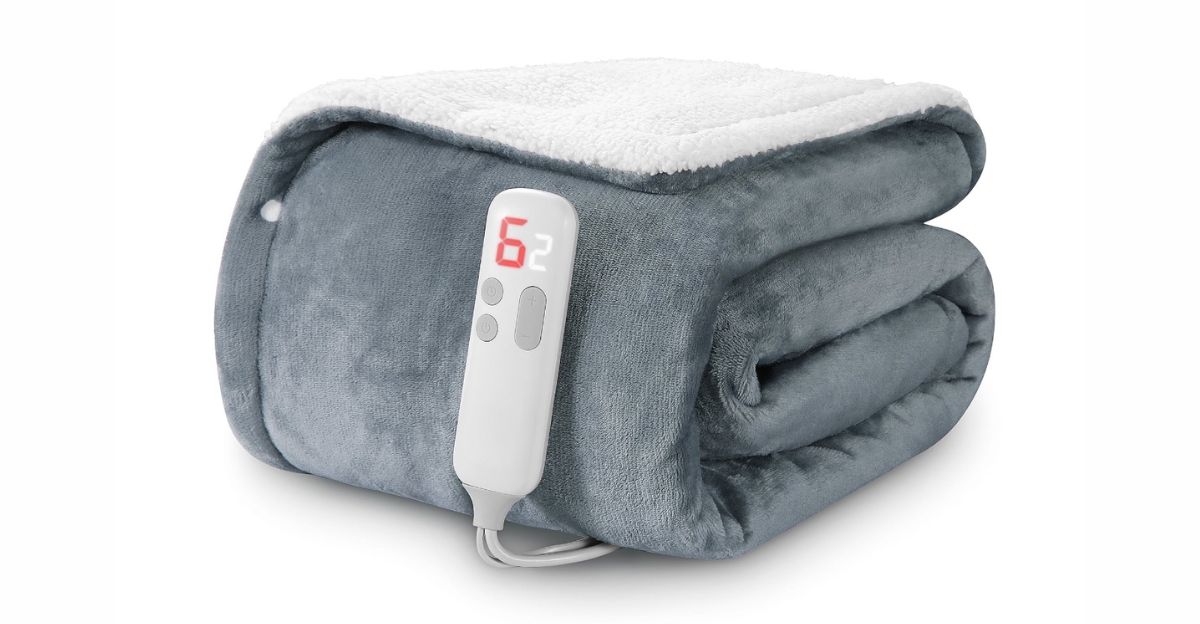
MaxKare’s electric blankets were pulled after 34 overheating and fire-related complaints. Just over 8,500 units were recalled, but the consequences were dangerous. An everyday comfort item turned into a burn risk that could ignite during use or while folded.
Amazon Responds—But Only After Pressure Mounts

Amazon responded with a few visible changes. It launched a public recall and safety alert webpage and began emailing customers who had purchased affected items. The company says it’s now committed to transparency. However, the new efforts came only after intense pressure from federal regulators. Amazon’s reputation was already taking hits.
A Legal Battle Behind the Scenes
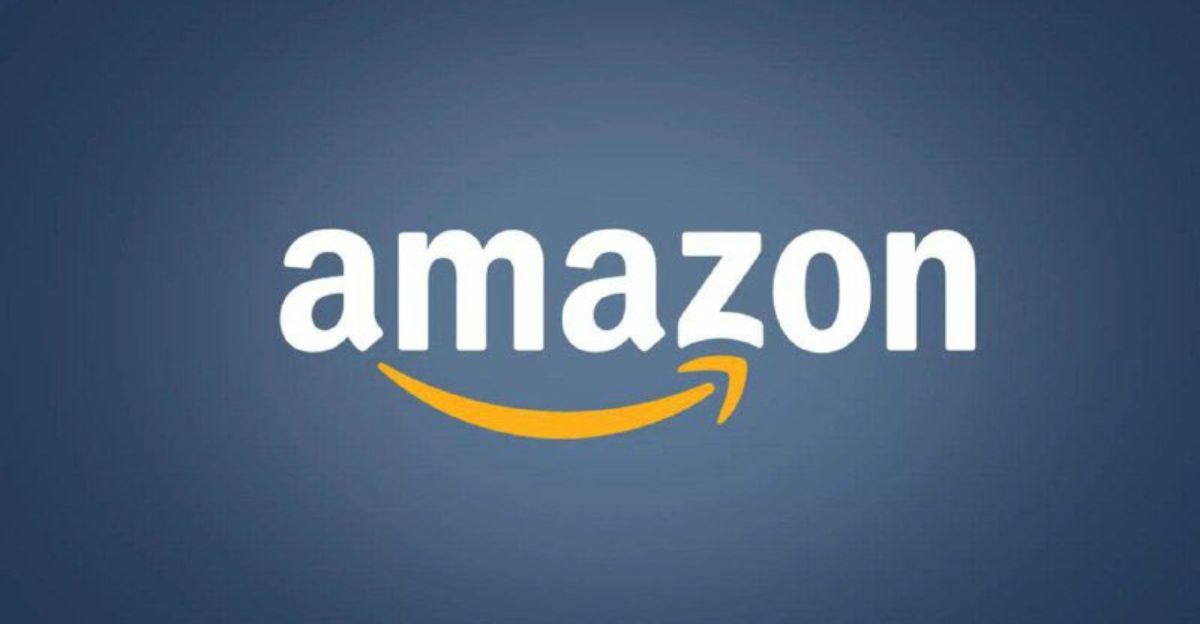
The Consumer Product Safety Commission (CPSC) also imposed new rules. Amazon must now keep recall notices available for at least five years. Yet despite this, Amazon maintains it isn’t a traditional product distributor. In fact, it took the fight to court, suing the CPSC in March 2025, claiming it had no legal obligation to manage recalls.
Bought Something Recalled? You May Be Owed a Refund
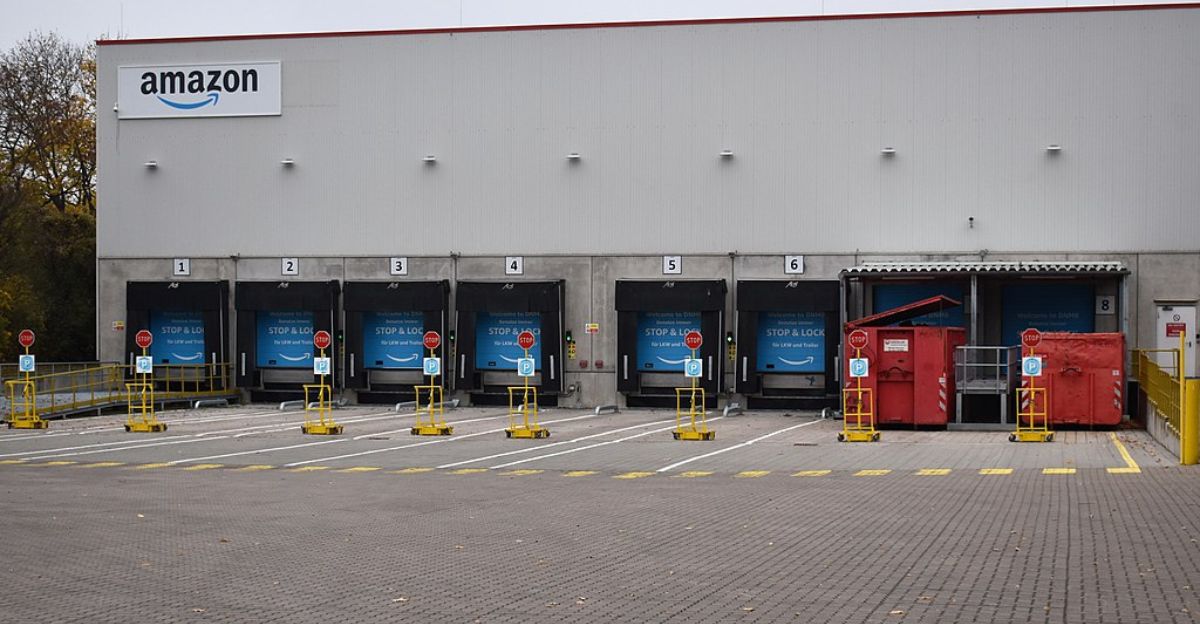
If you purchased a recalled product through Amazon, you might qualify for a refund, but you’ll need to show proof that the item was thrown away or destroyed. A recall banner may appear on your “Your Orders” page, linking you to the claim process. It’s not automatic, so it’s worth checking manually.
Who’s Really Selling You That Product?
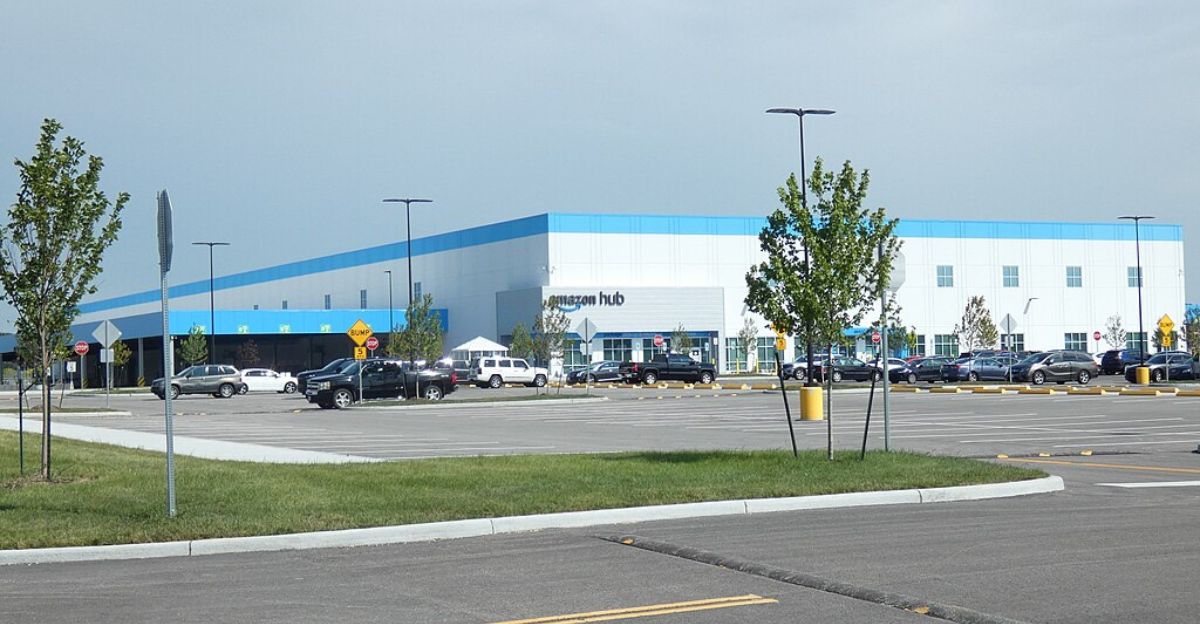
A major reason for this is Amazon’s reliance on third-party sellers. Over 60% of Amazon’s U.S. sales now come from third-party vendors, many based in China and lightly vetted by algorithms. That means quality control often happens too late, after complaints start pouring in. This model has allowed dangerous goods to enter homes across the U.S.
Third-Party Sellers, Amazon Warehouses—Where’s the Line?
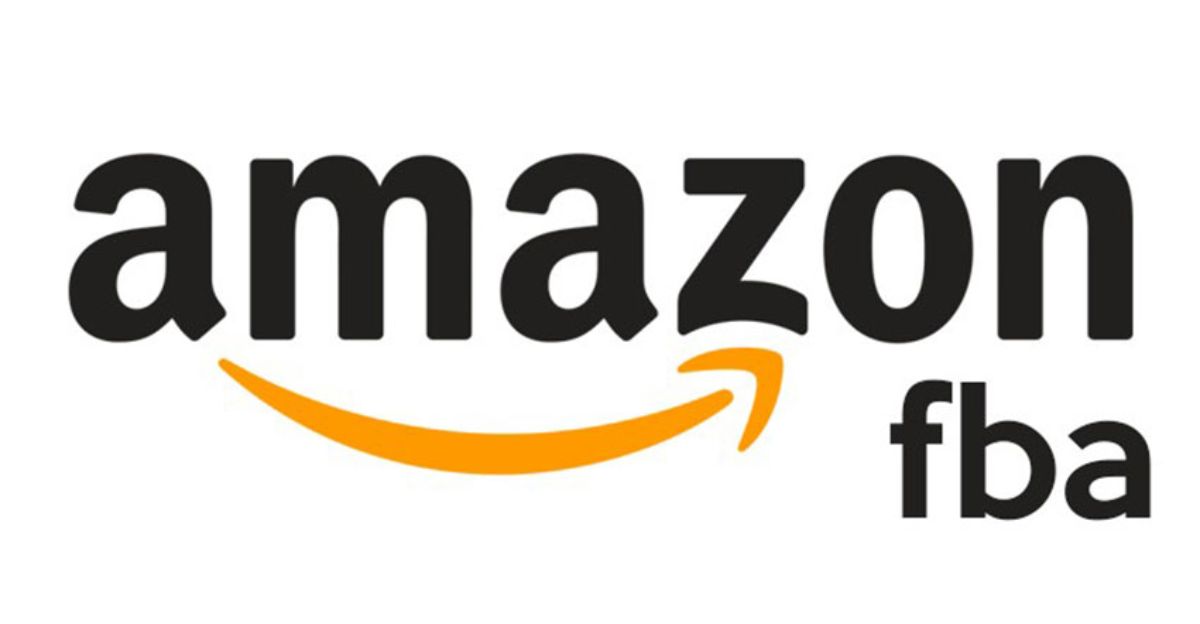
Some of the most dangerous recalled items, like the Crayan mattresses and certain baby loungers, were sold by these third-party vendors. In response, the CPSC ordered recalls for products stored and shipped directly through Amazon’s warehouses. That detail proved Amazon had control over logistics and couldn’t escape responsibility.
Who’s Protecting Shoppers From Unsafe Goods?

The recall also raised questions about who actually enforces product safety in the U.S. Two main agencies share this task: the CPSC and the FDA. While the CPSC oversees most household goods, the FDA manages food and medical device recalls. Both agencies have been busy this year with a spike in dangerous items.
Is Amazon’s Business Model to Blame?
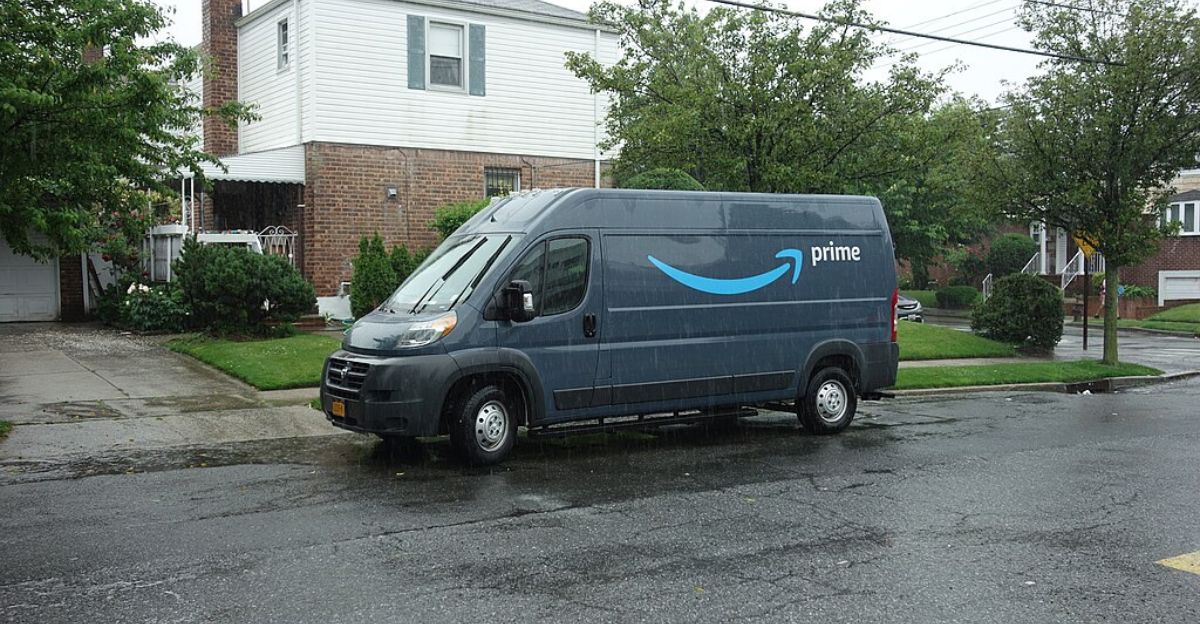
This wasn’t a one-off recall event. Experts say the problem stems from Amazon’s business model. The company has built a trillion-dollar empire by letting others sell on its platform while deflecting liability. But recent regulatory action is closing that loophole. Amazon’s defenses are starting to crack under legal scrutiny.
New Rules Could Change Online Shopping Forever
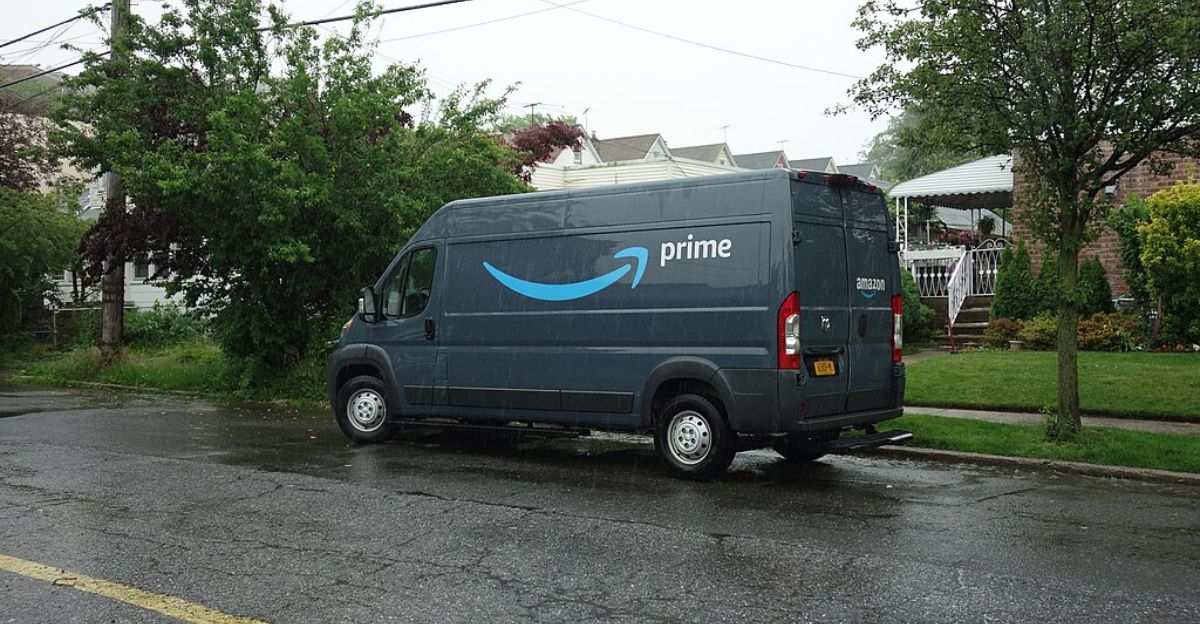
In 2023, Amazon generated $575 billion in revenue. Yet consumers faced growing risks with minimal recourse. The CPSC’s decision marked a key shift, declaring that if Amazon handles the sale and shipment, it bears responsibility for safety. This ruling may reshape the rules for every major e-commerce platform in the country.
How To Know If You’re Affected

Log in to Amazon and click “Account & Lists” in the top-right corner (your name is likely shown above it). Once your account page loads, scroll to “Ordering and shopping preferences.” Under that section, select “Recalls and Product Safety Alerts.” This page will show if any items you’ve purchased are part of a recall. It only takes a minute to check
Never Got the Email? You’re Still Not Off the Hook

Consumer advocates recommend checking these alerts regularly, especially if you’ve bought baby gear, electronics, or health-related items. Some recalls cover products sold years ago but are only now flagged as dangerous. Staying informed could prevent a house fire, injury, or worse. Amazon may be adjusting its policies, but shoppers still bear much of the burden.
This Isn’t Just a Recall. It’s a Wake-Up Call.
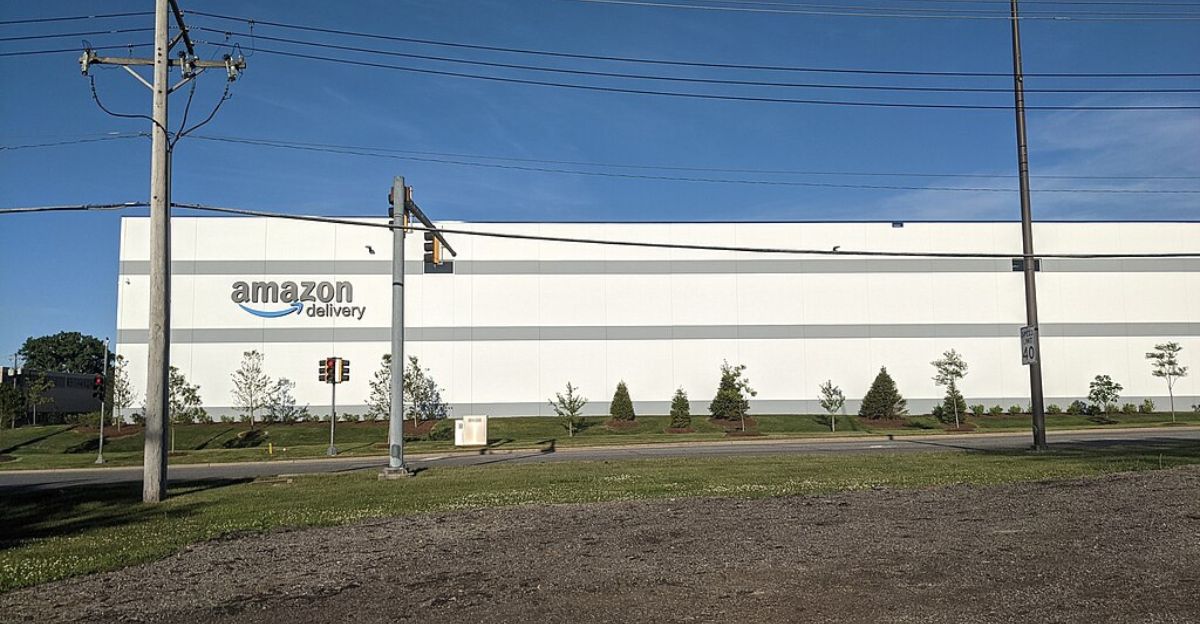
Amazon’s massive recall is a sign of cracks in the foundation of online commerce. As regulators close in, tech giants can no longer hide behind complex seller networks and legal loopholes. Real lives are at stake. The future of e-commerce may look very different soon, but for now, consumers must stay vigilant.
